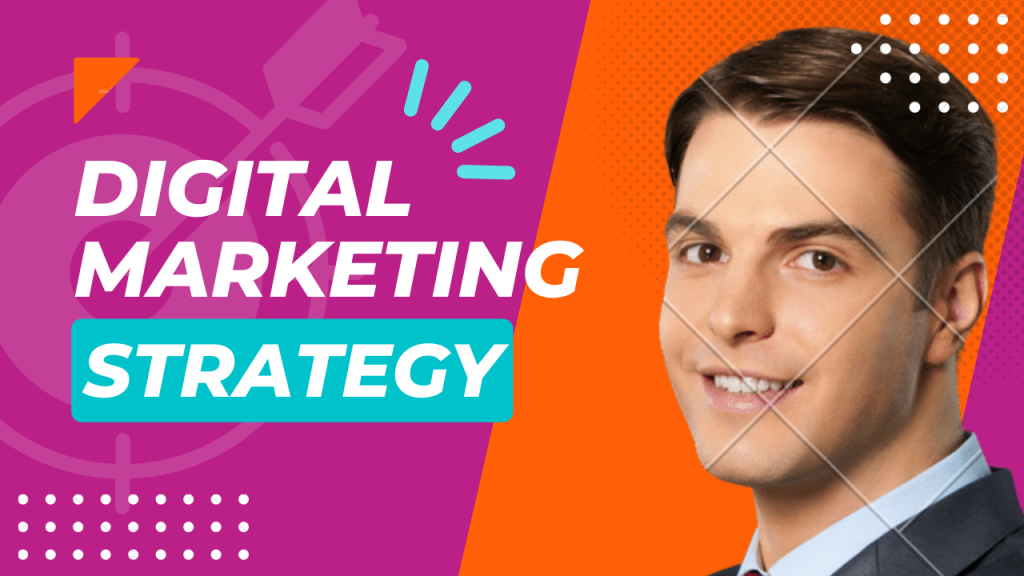Publishing Design
What is Publishing Design.

Publishing design refers to the process of creating visually appealing and engaging materials for various forms of printed or digital publications. It involves the strategic use of layout, typography, images, colors, and other design elements to enhance the readability, visual impact, and overall aesthetics of the published content.
Publishing design encompasses a wide range of materials, including books, magazines, newspapers, brochures, newsletters, catalogs, annual reports, and digital publications such as e-books or online magazines. The goal of publishing design is to present information and stories in a visually compelling and accessible manner, ensuring that the content is engaging and effectively communicated to the intended audience.
Key aspects of publishing design include:
1. Layout and Composition: Creating an organized and visually balanced layout that guides the reader’s eye through the content. This involves arranging text, images, and other elements in a cohesive and logical manner.
2. Typography: Choosing appropriate fonts, font sizes, and formatting to enhance readability and convey the tone and style of the publication. Typography also includes headings, subheadings, body text, and other typographic elements.
3. Images and Graphics: Selecting and incorporating relevant and high-quality visuals, such as photographs, illustrations, charts, or infographics, to enhance the visual appeal and storytelling of the publication.
4. Color Scheme: Developing a consistent and visually pleasing color palette that complements the content and reinforces the brand identity or publication’s theme.
5. Branding and Identity: Ensuring that the design elements align with the overall branding and identity of the publisher or publication. This includes incorporating logos, brand colors, and other brand-specific elements.
6. User Experience (UX): Designing the publication with the reader in mind, considering factors such as readability, accessibility, and navigation to provide a positive and enjoyable reading experience.
7. Print or Digital Considerations: Adapting the design to suit the specific requirements and limitations of the publishing format, whether it is for print or digital distribution. This may involve considering printing processes, paper selection, or optimizing the design for various screen sizes and devices in the case of digital publications.
Publishing design plays a crucial role in capturing the attention of readers, conveying information effectively, and creating a visually cohesive and immersive reading experience. It combines creativity, visual communication, and a deep understanding of the target audience to bring content to life in a compelling and visually appealing way.
Publishing design for a blog page involves creating engaging and organized content that attracts readers and encourages them to explore the blog further. Here are some key elements to consider when planning the content for a blog page.
1. Blog Title and Tagline:
– Create a catchy and descriptive title that reflects the overall theme or focus of the blog.
– Consider adding a tagline that succinctly summarizes the blog’s purpose or unique selling proposition.
2. Featured or Latest Articles:
– Highlight the most recent or popular blog posts at the top of the page.
– Include visually appealing images or thumbnails for each article to grab readers’ attention.
– Provide brief summaries or excerpts to give readers a glimpse into the content.
3. Categories or Topics:
– Organize the blog’s content into categories or topics for easy navigation.
– Display a list of categories or use visual icons to represent different topics.
– Consider including a brief description or explanation of each category.
4. Author Profiles:
– Introduce the blog authors with a short bio or profile section.
– Include their names, photos, and a brief description of their expertise or background.
– Link each author’s profile to their individual author pages or social media profiles.
5. Search and Filters:
– Implement a search bar to allow readers to search for specific topics or keywords.
– Offer filters based on categories, dates, or tags to help readers refine their search results.
6. Related Posts or Recommended Reading:
– Suggest related articles or provide a “Recommended Reading” section at the end of each article.
– Use algorithms or manual curation to display content that complements the current article.
7. Comments and Engagement:
– Enable comments to encourage reader engagement and discussions.
– Display recent comments or popular discussions to foster a sense of community.
– Implement a moderation system to ensure respectful and constructive conversations.
8. Subscription or Newsletter Sign-up:
– Provide an option for readers to subscribe to the blog or newsletter.
– Highlight the benefits of subscribing, such as receiving updates, exclusive content, or special offers.
9. Social Sharing:
– Include social media sharing buttons to make it easy for readers to share articles on their preferred platforms.
– Display social media follower counts or icons to encourage readers to connect with the blog on other channels.
10. Contact Information:
– Provide contact information for readers to get in touch with the blog administrators or authors.
– Include an email address or a contact form for inquiries or feedback.
11. Footer Navigation:
– Include links to important pages such as the home page, about page, privacy policy, or terms of use.
– Consider adding a sitemap or additional navigation elements for improved accessibility.
Remember to maintain a visually appealing design, consistent branding elements, and a user-friendly layout to enhance the overall user experience of the blog page.
Post Categories
Outline Project
Digital Marketing
Social Media Marketing
Website designing
Collaboration
Collaboration tips
Digital Marketing company
Email Marketing
PPC Marketing
SEO Services
Digital Marketing Delhi
SEO Marketing in delhi
Visual Identity in Delhi
Website Designing in Delhi
Publishing Design
Outdoor
Object & Volume
SEO & SMO
Visual Identity

